Research Summary: Evaluation of Northern Bobwhite and Scaled Quail in Western Oklahoma
Introduction
There are two species of native quail that occur in Oklahoma, the northern bobwhite (hereafter bobwhite), and the scaled quail (or blue quail). Both of these species are popular with hunters and landowners. Due to a concern about declining quail populations in the state, a cooperative quail study between Oklahoma State University and the Oklahoma Department of Wildlife Conservation was conducted on the Packsaddle and Beaver River Wildlife Management Areas from 2011-2017. Broadly, the project was intended to document survival, nest success, brood success, habitat selection, genetics and movement of quail. The effects of hunting, energy development, prescribed fire, disking and temperature on quail also was examined, as well as an evaluation of various monitoring techniques for quail.
On Packsaddle Wildlife Management Area, a total of 1,826 bobwhites were captured and 1,457 received radio-collars. Of the total number captured, 738 were female, 816 were male and 272 were of unknown sex; 1,034 were adults, 767 were juveniles and 25 of undetermined age at the time of capture. At Beaver River Wildlife Management Area, 2,218 quail were captured and 1,798 (1,295 bobwhites and 503 scaled quail) received radio-collars. Of the total captured birds, 1,082 were male, 928 were female and 208 of unknown sex; with 1,023 being adults, 1,149 being juveniles and 46 being of undetermined age.
During each year, radio-marked bobwhites were tracked four to seven times per week from approximately mid-February through mid-September and two to four times per week from mid-September through mid-February at both Wildlife Management Areas. Our radio tracking resulted in more than 53,000 locations at Packsaddle Wildlife Management Area and more than 55,000 locations at Beaver River Wildlife Management Area that were used to answer the research questions of interest. In the sections below, some of the findings from this quail research project are highlighted.
Results and Implications
Survival
During the study, 1,051 mortalities were recorded at Packsaddle Wildlife Management Area. Forty-four percent were attributed to mammals, 33 percent to raptors, 9 percent to hunter harvest, 5 percent to unknown predation, 3 percent to weather exposure and 7 percent to miscellaneous causes.
At Beaver River Wildlife Management Area, 929 mortalities were recorded. Forty-seven percent were attributed to mammals, 27 percent to raptors, 9 percent to hunter harvest, 11 percent to unknown predation, 4 percent to weather exposure and 3 percent to miscellaneous causes.
However, determining the cause of mortality is often difficult and can be misinterpreted. For example, mammals often are recorded as the cause more than is the reality because they often scavenge carcasses and leave signs even if they did not directly cause the mortality. Therefore, actual predation rates may be somewhat inaccurate and in some cases, as with mammalian predation, may be lower than reported.
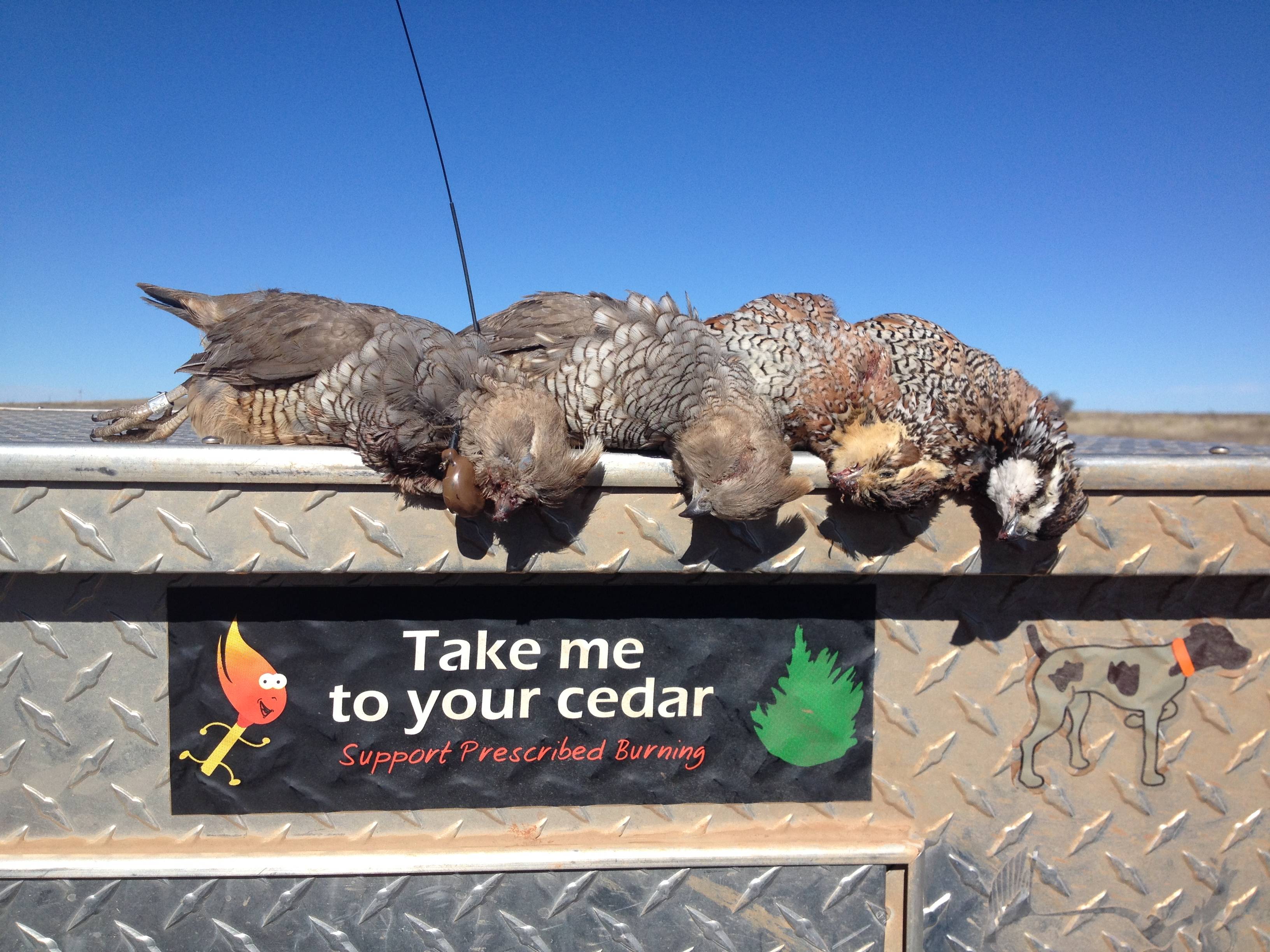
Figure 1. Predation of quail is always a concern with quail hunters. But remember, quail hunters themselves can take a heavy toll!
Nesting
At Packsaddle Wildlife Management Area, 203 bobwhite nests were found. Nest success was good with 59 percent being successful, 34 percent depredated, and 7 percent abandoned. Average clutch size was approximately 13 eggs. Twenty-four percent of nests were incubated by males.
At Beaver River Wildlife Management Area, we found 238 nests. Of these, 153 were bobwhite nests and 85 were scaled quail nests. Of the bobwhite nests, 52 percent were successful, 42 percent were depredated and 6 percent were abandoned. Twenty percent of bobwhite nests were incubated by males. Of the 85 scaled quail nests, 42 percent were successful, 47 percent were depredated and 11 percent were abandoned. Thirteen percent of the scaled quail nests were incubated by males. The average clutch size was approximately 13 eggs for northern bobwhite and 12 for scaled quail.
For both areas, the number of nest initiations fluctuated widely between years, based on weather conditions. Initial nesting attempts occurred between late April and late May each year, with peak nesting typically in June. Quail used many different types of plants for nesting and showed little preference.
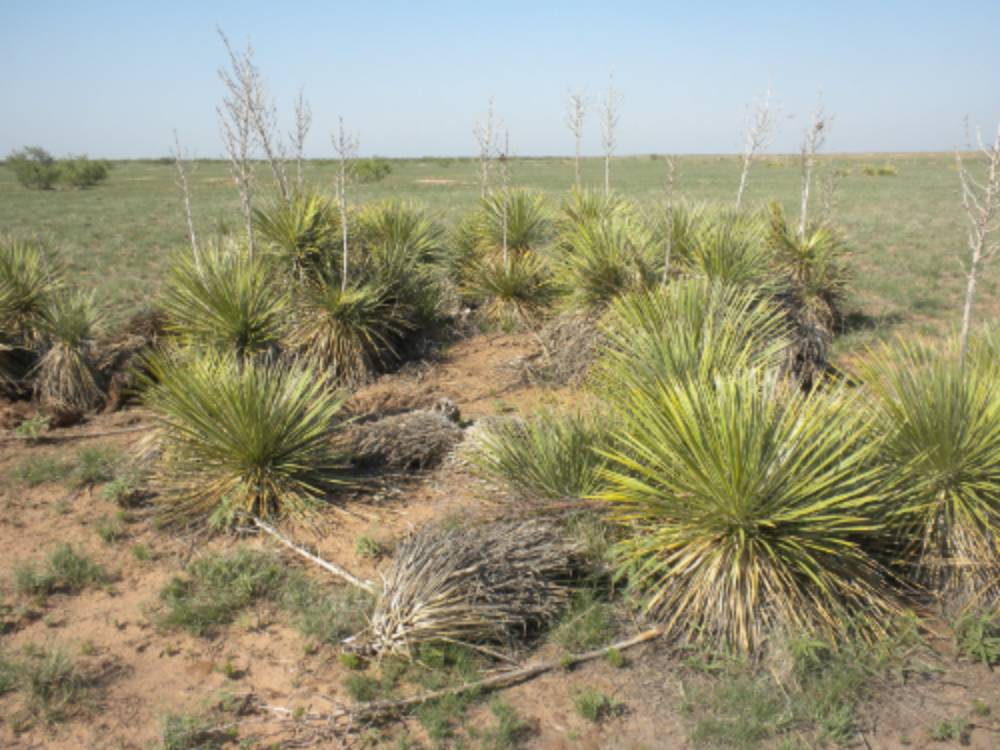
Figure 2. Quail use a variety of cover types for nesting. Yucca can provide good nesting cover, especially in areas with limited grass due to drought or heavy grazing.
Prescribed Fire and Quail
On Packsaddle Wildlife Management Area, bobwhite nest survival remained high and stable throughout the study, and nest survival appeared to not be influenced by prescribed fire. In other words, birds that choose to nest in recently burned areas had as high of nest survival as those using unburned areas. Also observed was that bobwhites showed a high degree of variation in the type of nesting substrate they used. In fact, bobwhites were opportunistic and generally used nesting materials that were most available. For example, 72 percent of nests found in shrubby areas that had been burned in the past year were located in spots where little grass litter remained. But, in areas that had not been burned for three years and had abundant grass, 71 percent of nests were located in grass and forb vegetation.
Prescribed fire had little effect on habitat use of bobwhite coveys. Neither spring dispersal nor distance traveled were related to fire. Home ranges were smaller in areas that were between two to three years post fire, compared to areas more recently burned or more than three years post fire. Overall, fire had limited effects on short-term bobwhite movement and habitat use. These findings suggest that in shinnery oak, land managers can use prescribed fire across large areas (approximately 500-acre average burn size in this study) without substantially altering the habitat use or movement of bobwhites. This is an important finding, given that conducting fewer large burns can often be a more logistically effective option for managers rather than multiple smaller burns.
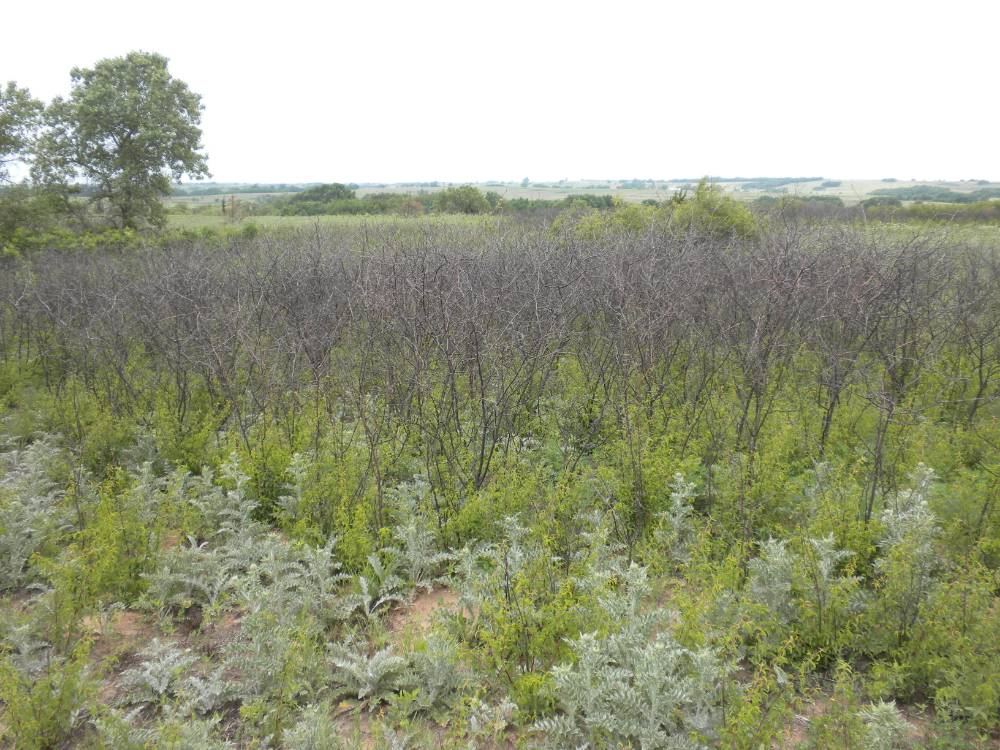
Figure 3. Shrubs quickly resprout after a prescribed fire. While fire is necessary to maintain plant communities in the appropriate structure and composition for quail long-term, it had little effect on quail in the short-term.
Temperature and Quail
The range of temperatures across the landscape at Packsaddle Wildlife Management Area was found to be quite large. Nesting bobwhite hens selected cooler nesting sites than was generally available. Further, successful nests occurred in cooler locations than unsuccessful nests. After hatch and during the hottest time of the day, brooding bobwhite reduced their movements and selected areas such as patches of tall shrubs that were much cooler than the rest of the landscape. These results suggest that managers should maintain patches of tall woody cover on the landscape to provide temperature refuge for bobwhites.
Similarly, at Beaver River Wildlife Management Area, incubating adults of both bobwhite and scaled quail were found to select nest sites that were substantially cooler than surrounding areas. Temperatures varied between nest vegetation with yucca being cooler on average than other types of vegetation. Weather influenced the incubation behavior of quail. Specifically, quail took breaks from incubation when the air temperature was approaching the required egg incubation temperature of 96 F, indicating they were timing breaks in their incubation so that eggs maintained a near constant incubation temperature. Interestingly, scaled quail took more breaks from incubation during mornings, while bobwhite took more incubation breaks during evenings. These findings highlight the importance of nesting cover not only for providing concealment from predators, but also from temperature extremes that both the adult (during incubation) and the eggs (during incubation breaks) experience.
During temperature extremes, both hot and cold, bobwhite became very selective to specific vegetation types. Shrub cover was strongly selected for during these periods. During the extreme cold periods (nearing 0 F), bobwhite used sand plum primarily, but survival was still reduced during these cold temperatures. During the extreme hot periods (nearing 100 F), sumac became the predominate vegetation used, but survival was not reduced. Therefore, it was determined bobwhite survival was most limited during times of extreme cold temperatures. This work emphasizes the need for variable vegetation structure and composition to help buffer the effect of extreme weather events on bobwhite habitat use and survival. In other words, what bobwhite use as habitat varies depending on the weather conditions. Further, bobwhite use of shrub patches decreased as the patch size of the shrubs exceeded approximately 5 acres, suggesting management practices that break up large patches of shrub into smaller patches may increase quail use.
At Packsaddle Wildlife Management Area, from November through February during the years 2015 through 2017, 157 winter bobwhite night roost locations were found and 37 percent were in shinnery oak, 32 percent in grass cover, 17 percent in forb cover and 13 percent in other woody cover. When compared to what was available across the Wildlife Management Area, roost sites had 8 percent more woody cover, 14 percent more bare ground and 13 percent less grass cover, indicating the importance of shrubs for roosting quail. Roost sites also had denser foliage compared to random locations. Bobwhite did not show selection for certain slopes or aspects. Of the 17 bobwhite coveys tracked intensively every 30 minutes from mid-afternoon until after sunset and subsequently located at night roost, none settled down to roost before sunset. Further, the movement activity of coveys did not differ during the 2 hours prior to sunset indicating that coveys did not alter their movement activity prior to sunset. Additionally, during nights when temperatures were less than 32 F and nights when temperatures were more than 50 F, roost sites were better at moderating temperature than random locations across the Wildlife Management Area. This indicates that during both colder and warmer nights, selection of roost locations may be related to temperature regulation, while during moderate weather temperature at roost locations may be less important.
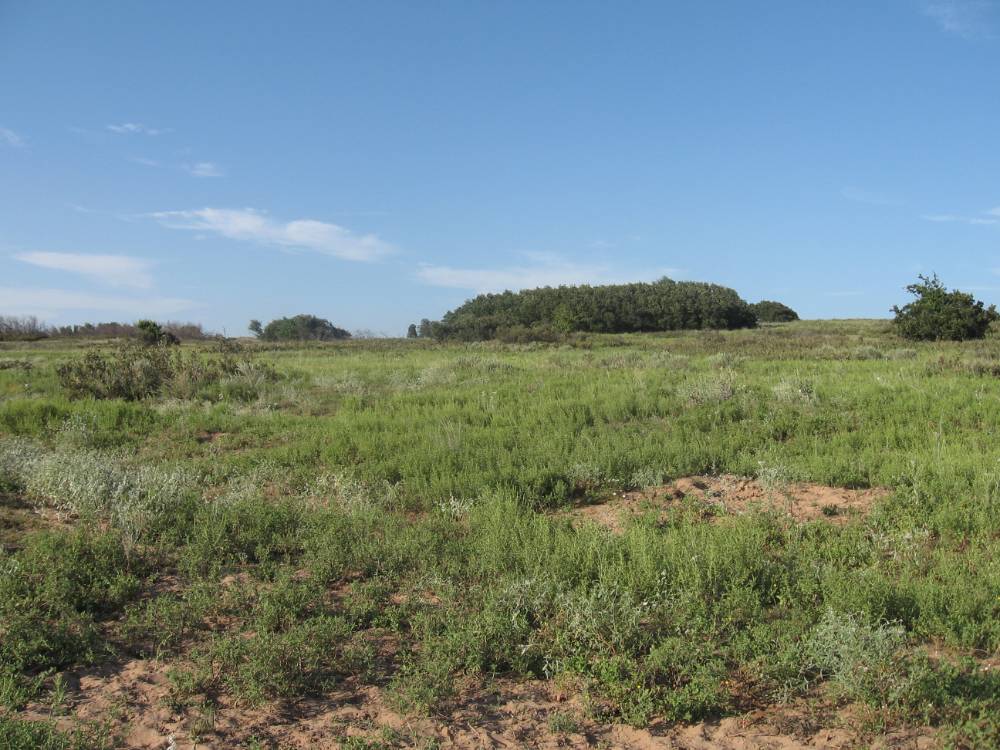
Figure 4. Open ground with lots of forbs (foreground) and scattered patches of shrubs (background) allows quail broods to feed in the cool of the day and find cover from the hot sun in the afternoon.
Water and Quail
Bobwhite selected areas less than 750 yards and less than 700 yards from water sources during the breeding and non-breeding seasons, respectively. Similarly, scaled quail selected for areas less than 700 yards and less than 270 yards from water sources during the breeding and non-breeding seasons, respectively. However, there was no effect of surface water on quail survival or nest success suggesting that these water sources may only act as an attractant for quail. Therefore, water supplementation for quail may not be an effective management practice, if increasing quail abundance is an objective. If managers are only attempting to increase hunter/covey encounters, providing supplemental water may increase covey detections.
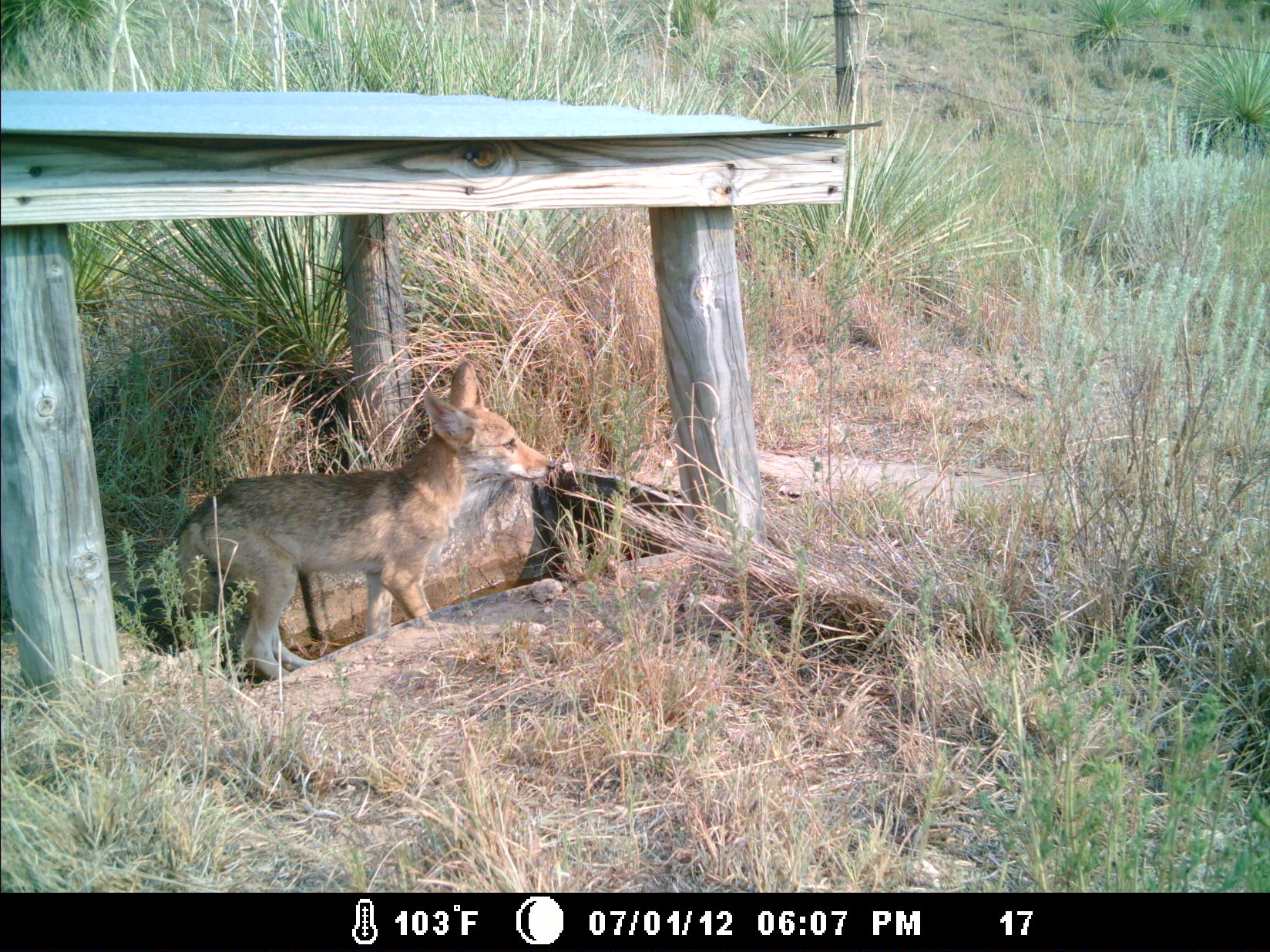
Figure 5. While quail did concentrate within a few hundred yards of surface water developments, they were seldom captured by cameras visiting the water. However, other wildlife, such as this young coyote, were captured drinking from water developments.
Energy Development and Quail
At Beaver River Wildlife Management Area, bobwhite survival increased as the distance from primary roads increased. However, survival did not differ between a hunted unit and a non-hunted unit, suggesting that hunting pressure was not a likely explanation for the observed decrease in survival related to primary roads. Alternatively, this decreased survival near roads may be related to increased exposure to predators. While harvest pressure and energy infrastructure was not shown to affect quail, there may be an upper threshold in which these pressures could begin to negatively influence quail populations. Yet, the current levels of hunting pressure and energy development at Beaver River Wildlife Management Area appear to be compatible with bobwhite.
At Packsaddle Wildlife Management Area, bobwhite tended to select areas closer to low traffic roads during the summer. However, at the broader landscape, bobwhite avoided placing their home ranges in areas with a high density of roads and oil/gas wells, suggesting that energy development may limit bobwhite useable space at some level of disturbance.
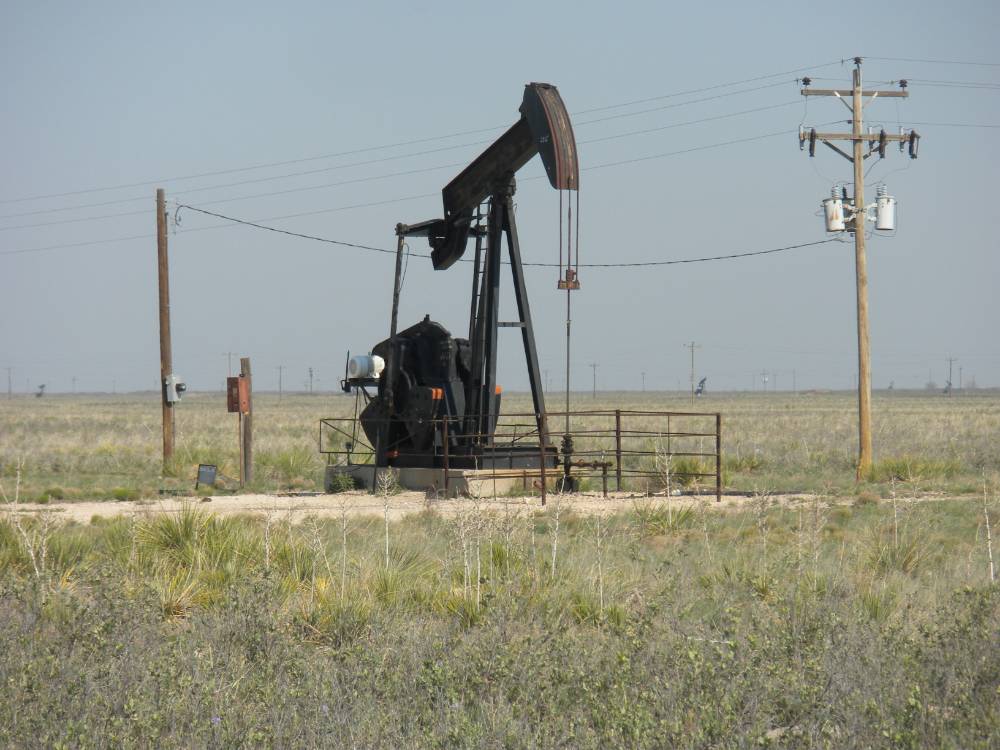
Figure 6. Moderate levels of development did not negatively affect quail. However, at some level of development, loss of habitat would become an issue.
Disking and Quail
Throughout much of the bobwhite range, disking is a practice used to disturb the soil and promote growth of desirable plants that produce food and attract insects. A two-year disking study was conducted at Beaver River Wildlife Management Area, comparing disking in late winter, early summer and late summer. Results indicated that there were no differences in the ratio of desirable and undesirable quail plants between season of disking and control plots where no disking occurred. While there were certain species of plants favored by disking, overall, the benefits for quail appeared neutral. Similarly, there were no differences in the insect community between the three seasons of disking or the control plots that were not disked. While disking has been shown to be beneficial in the eastern U.S., its use for quail management may be limited in more arid regions. This may be due to the fact that areas receiving low rainfall typically have open ground and forbs favored by quail even in the absence of soil disturbance.
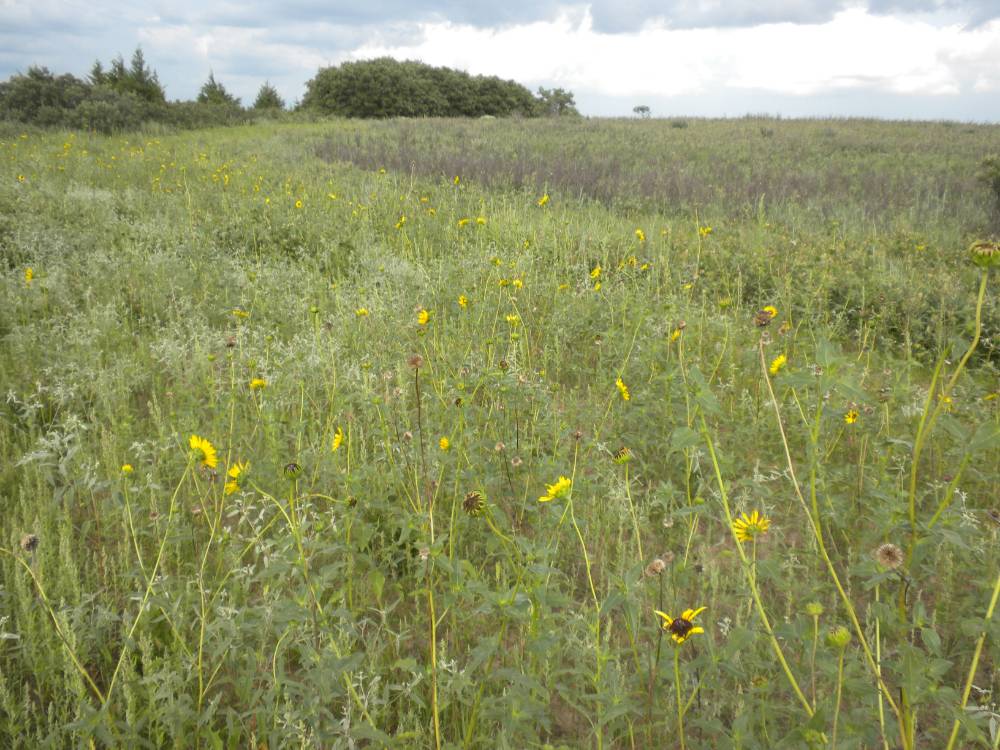
Figure 7. Disking the soil can increase the amount of annual food producing plants that quail use. In wetter, more productive areas, disking during the dormant season (October through March) will generally result in a more desirable plant response as opposed to disking during the growing season. However, based on research, disking may not be that valuable to quail in more arid regions.
Monitoring Quail
At Beaver River Wildlife Management Area, we used genetic techniques to determine that 85 percent of bobwhite nests and 9 percent of scaled quail nests had multiple sires (males) contributing to the clutch. Bobwhite nests averaged 2.3 males contributing per clutch, while scaled quail averaged 1.1 male contributing per clutch. Additionally, 21 percent of bobwhite nests experienced nest parasitism (i.e., laying an egg in another hen’s nest) from other bobwhite hens. This was not found in scaled quail, but bobwhite hens occasionally parasitized scaled quail nests. By the time that quail chicks reached four to six weeks of age, less than half of each brood were from the original clutch, indicating that observed broods frequently include young from several broods. Further, using traditional flush counts to monitor survival of bobwhite broods severely underestimated brood survival for broods between one and four weeks of age (50 percent survival estimate with flush count, while the actual survival was approximately 81 percent). This means that traditional flush counts are not an accurate method to determine chick or brood survival of bobwhite.
In 2012-2014, the use of pointing dogs was used to create an index of quail abundance. Traditional fall covey listening surveys work well, but are very labor intensive and few landowners use them. Using GPS collars attached to the bird dogs, it was determined that the average dog would travel nearly 3 ½ miles per every 1 mile the handler traveled during a quail survey, thus substantially increasing the survey effort during a survey transect. Also, dogs accounted for 85 percent of all quail detections on the survey routes. When comparing the survey results between the two methods, traditional fall listening covey survey data produced an estimate of 1.5 birds per acre. By comparison, the bird dog survey data yielded an estimate of about 1.2 birds per acre. These numbers are not statistically different, meaning that the bird dog surveys were just as reliable, but required less effort.
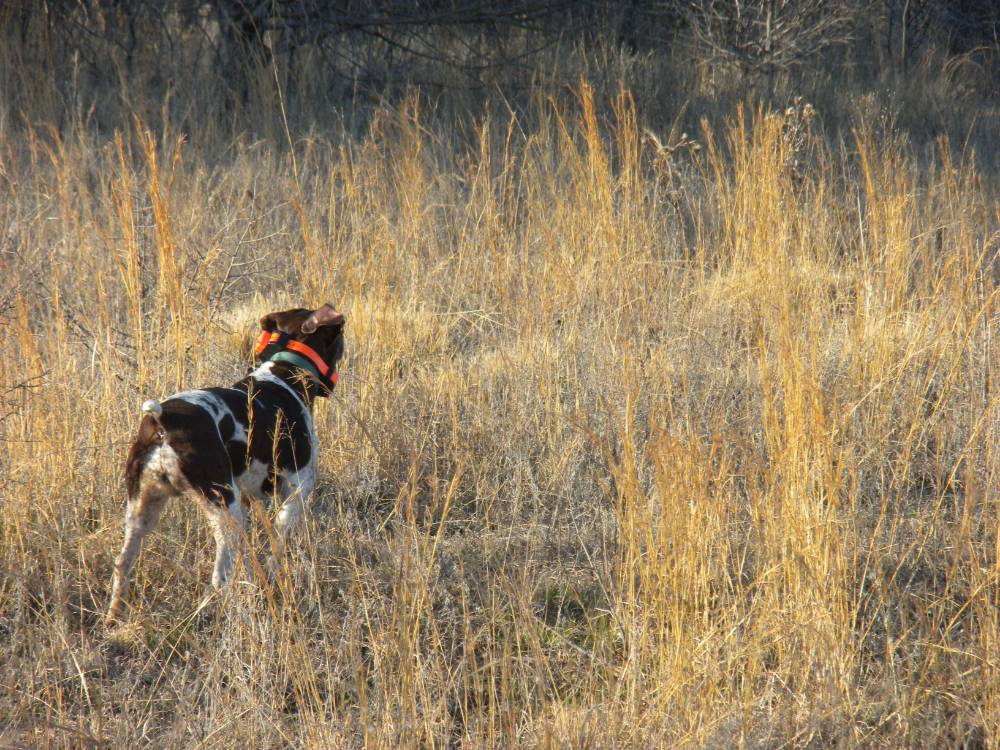
Figure 8. Various methods can be used to obtain an index of quail. Using pointing dogs offers one method to quickly cover more ground and reduce the effort of conducting quail surveys. However, variation in dog ability and weather conditions can make comparisons tricky.
Summary Points and Management Recommendations
- Quail numbers fluctuate wildly in Oklahoma as weather conditions change between years.
- Even in good habitat, quail survival is low each year and many different factors contribute to the low survival.
- Nest initiations fluctuated dramatically depending on the weather, but nest success was high where habitat was adequate.
- Quail have the capacity to produce large numbers of young and have multiple strategies to accomplish this.
- Brood counts are misleading indicators of quail reproductive success as chicks move between broods.
- Temperature is an important component of habitat, and quail are responsive to it.
- Having variable plant structure and composition is important to provide cover, including thermal cover, for quail. Quail used different species of shrubs at different times of the year.
- Quail were associated with shrubs throughout the year. While shrubs are essential for quail habitat, shrub patches larger than about 5 acres tended to be avoided.
- Prescribed fire is important to maintain habitat for quail long-term, but it was found there was minimal short-term effects on quail in a shinnery oak plant community.
- Surface water can concentrate quail, but no evidence was found that water led to an increase in the number of quail.
- Disking may not be worth the effort for quail management in far western Oklahoma.
- Using bird dogs to estimate quail density (through mathematical models) can be an alternative to fall covey listening surveys.
- Little evidence was found of an impact to quail from low to moderate levels of energy development.
The authors would like to thank the Oklahoma Department of Wildlife Conservation for funding this research and the Oklahoma Cooperative Fish and Wildlife Research Unit for administering the grant. We especially thank Weston Storer, Scott Parry, and Marcus Thibodeau for all the logistical support on the Wildlife Management Areas. We also thank John Groendyke for providing the Groendyke research assistantship and the Bollenbach Endowment for additional support. Finally, we thank all of our hard working technicians for their assistance with this project.
For additional information about the results of this research and to download research and Extension publications, visit: http://wildlifechairs.okstate.edu/. Also, please contact us for specific quail management recommendations for your property.
Researchers involved in this study included:
Kent Andersson
Senior Research Specialist
Eric Thacker
Post-Doctoral Researcher
Matt Carroll, PhD
Evan Tanner, PhD
Jeremy Orange, MS
Rachel Carroll, MS
Cameron Duquette, MS
Craig Davis
Professor and Bollenbach Chair in Wildlife Management
Sam Fuhlendorf
Professor and Groendyke Chair in Wildlife Conservation
Dwayne Elmore
Extension Wildlife Specialist, Professor
and Bollenbach Chair in Wildlife Management
